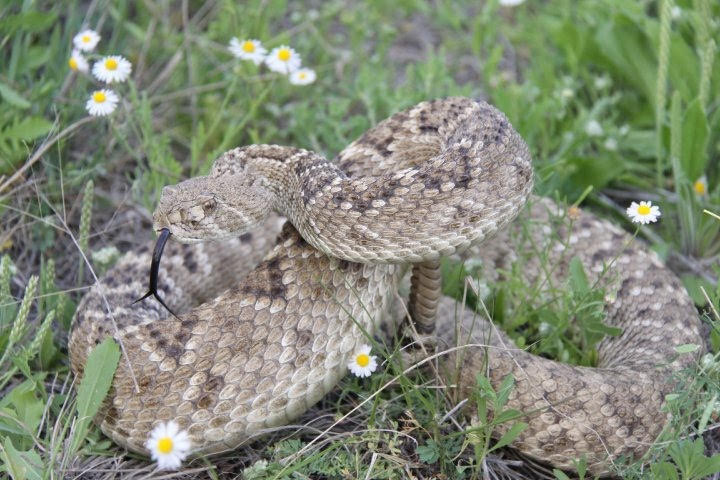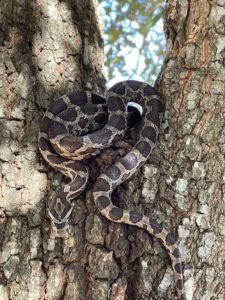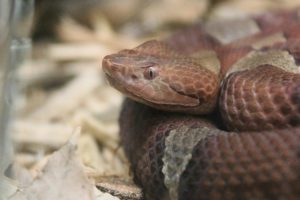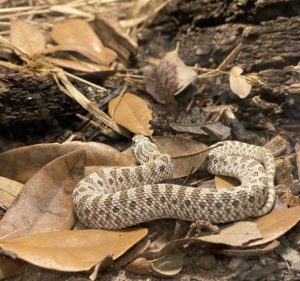As temperatures begin to rise here in south Texas, so do the number of snake sightings.
Why are there so many snake sightings in Spring?
There are a few reasons why snake sightings increase in spring, the first being weather. Wetter weather and warmer temperatures bring snakes out during the day. While many snakes in this area are primarily nocturnal, the weather in springtime is optimal for daytime travel. Rain storms and the changes in barometric pressure that come along with them are also big factors in why we’re seeing so many more snakes this time of year.
Another reason snakes are seen more frequently in spring is because of reproduction. Females are out more in search of food needed to bulk up before birthing season. Males are out more, traveling much longer distances, in search of potential mates.
What kinds of snakes am I likely to encounter?
South central Texas is home to more species of snakes than any other location in the country. Most of the snakes in our area are nonvenomous, like the Texas rat snake, checkered garter snakes, ribbon snakes, and more. In fact, when it comes to local venomous snakes, there are only four that you need to consider: western diamondback rattlesnakes, broad banded copperheads, western cottonmouths, and the Texas coral snake.
People often confuse the very common Texas rat snake for a western diamondback rattlesnake, and that’s by design! Mimicry is when harmless animals, like nonvenomous snakes, look similar to more dangerous ones, like venomous snakes. This resemblance gives the harmless animals the advantage of tricking other animals into thinking they are more dangerous than they actually are. This not only tricks humans, but it also tricks other animals who might look at these snakes as prey.
How can I keep myself and my family safe from the venomous snakes in our area?
The best way to avoid negative interactions with venomous snakes is to learn what the ones found in your area look like. During our daily Myths and Misconceptions show, our Reptile Department Staff dispel some of the most common “techniques” we’ve all heard about identifying dangerous snakes (head shape, pupil shape, nursery rhymes about color patterns, etc.). We also encourage you to visit our Snakes of Texas wall the next time you’re at the Zoo. This area houses all of the most common snake species you might come across here in Texas.
In addition to learning about how to identify the venomous versus nonvenomous snakes of our area, you can also try to keep your yard snake-free by eliminating hiding spaces that snakes like to hang out in. Things like brush piles and items covering the ground tend to attract snakes. Another way to decrease the likelihood of snakes on your property is to eliminate their food source, like mice and rats. Avoid wasting money on things like snake repellents and other chemicals, as they don’t typically work. Some of these methods, like using mothballs outside, are actually a federal offense because they are highly toxic to many forms of wildlife.
What should I do if I come across a snake?
Snakes would rather avoid confrontations with people. It’s best to admire the snake from a safe distance and call local animal control if you feel threatened; however just leaving it alone is often the best choice. Snakes are great critters to have around. Mice and rats are the pests that cause homeowners the most destruction, and snakes look at these animals as their primary diet. They make great natural pest control!




